Image


Theses teaching strategies will help students to:
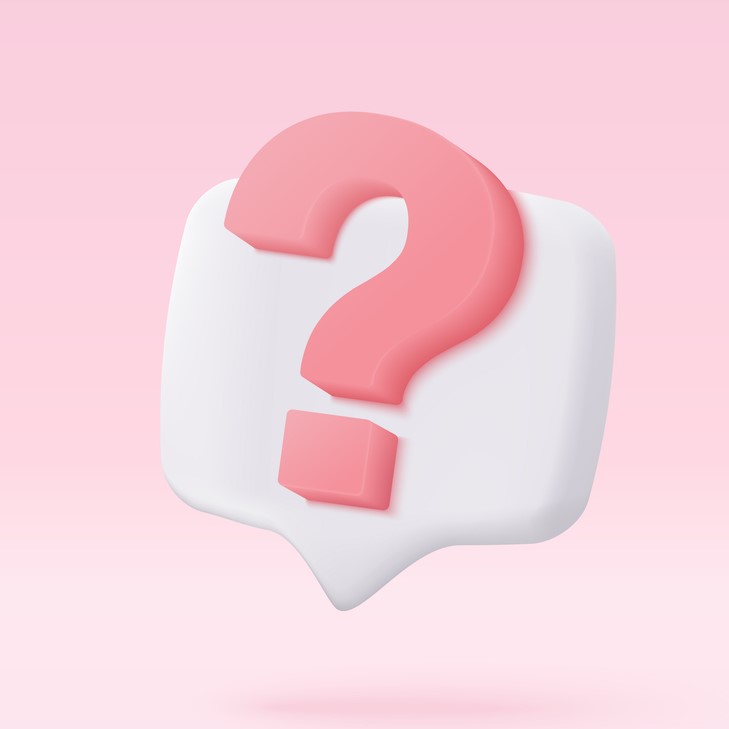
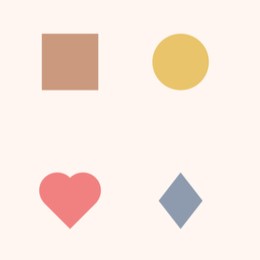
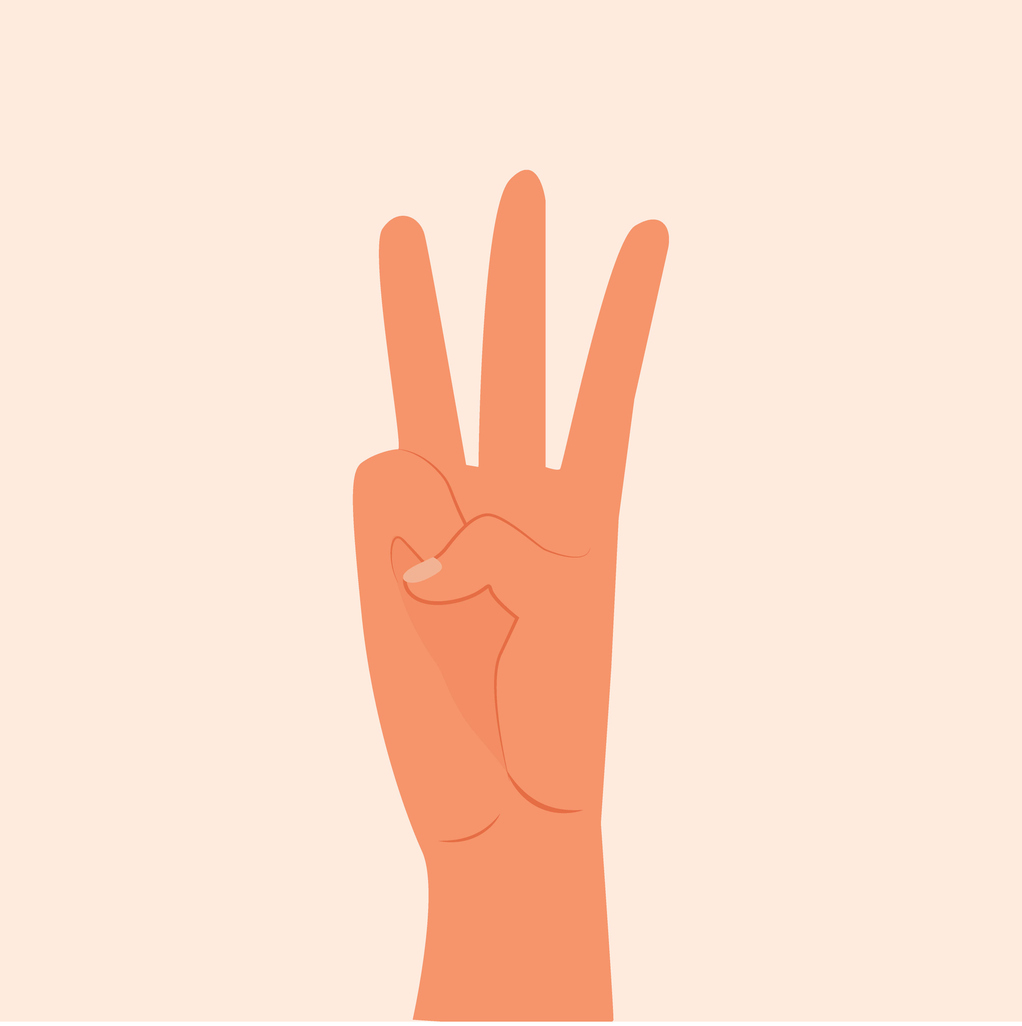
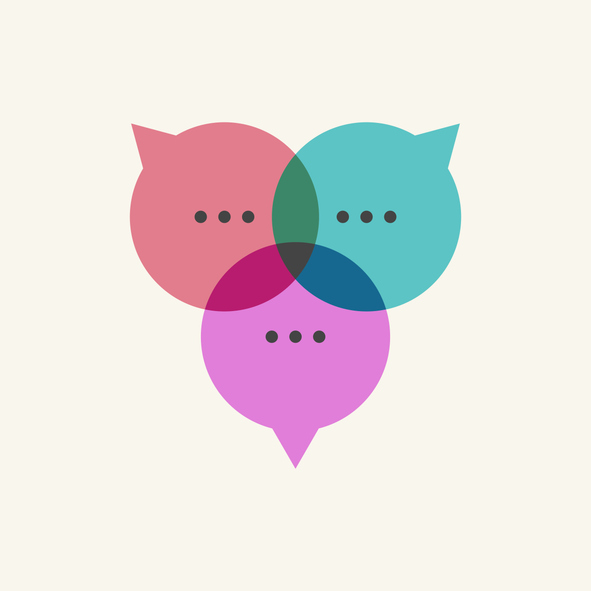
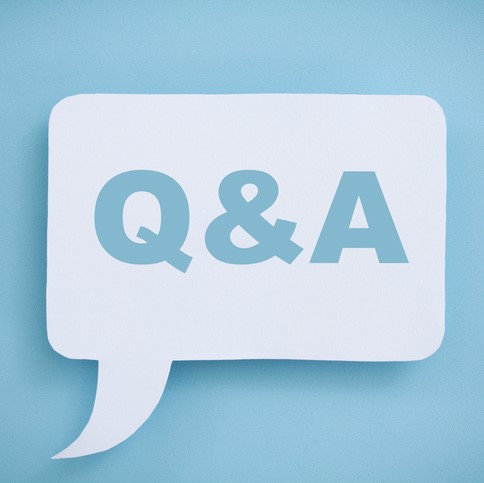
Students can answer the following questions given by the teacher or write questions for other students to answers:
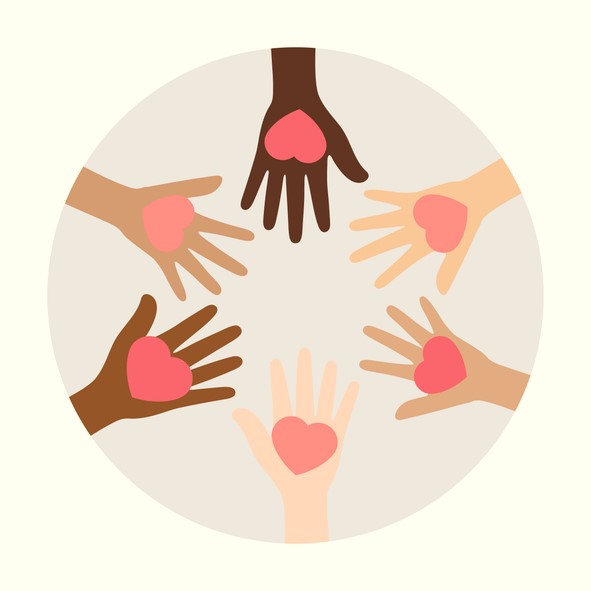
Rather than going around in a circle, use a ball or soft toy for students to pass to the next volunteer.

